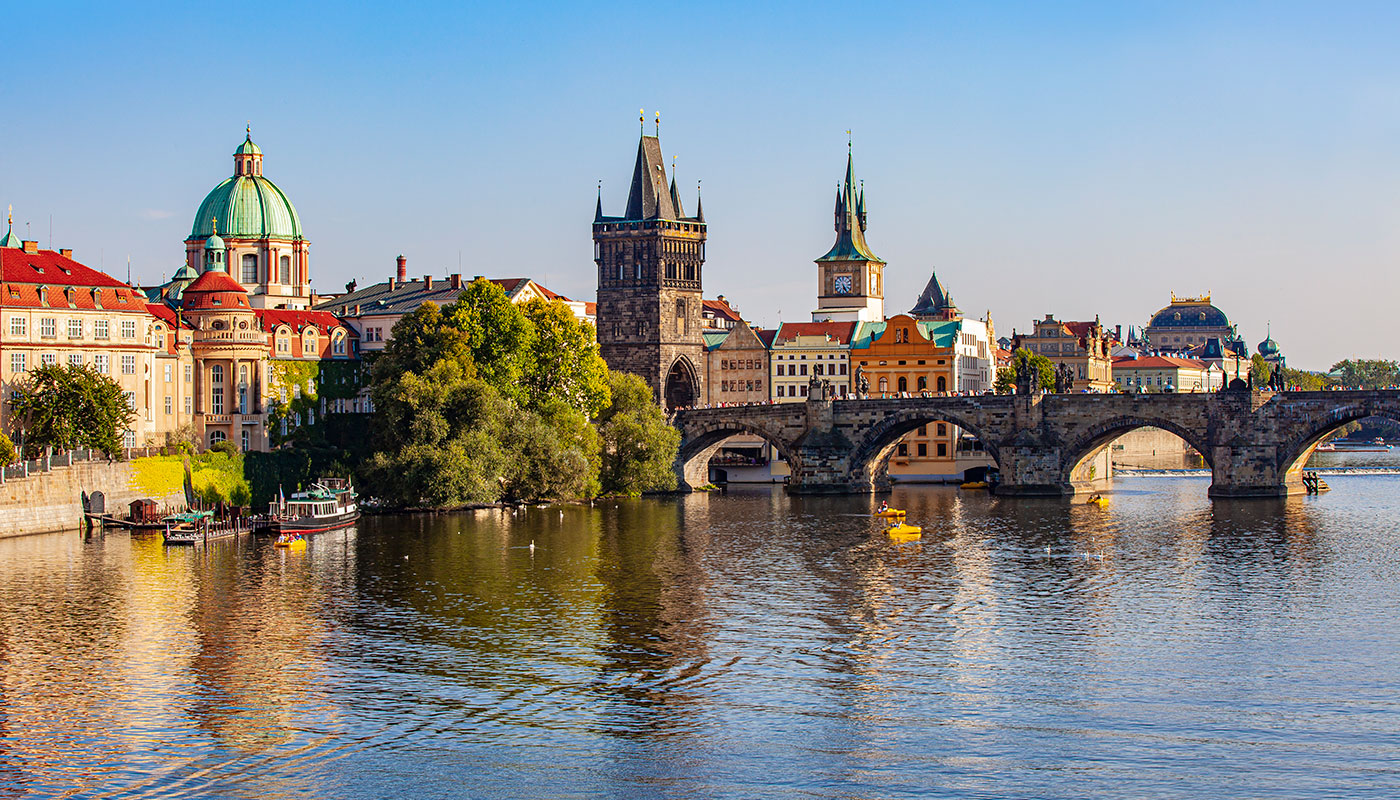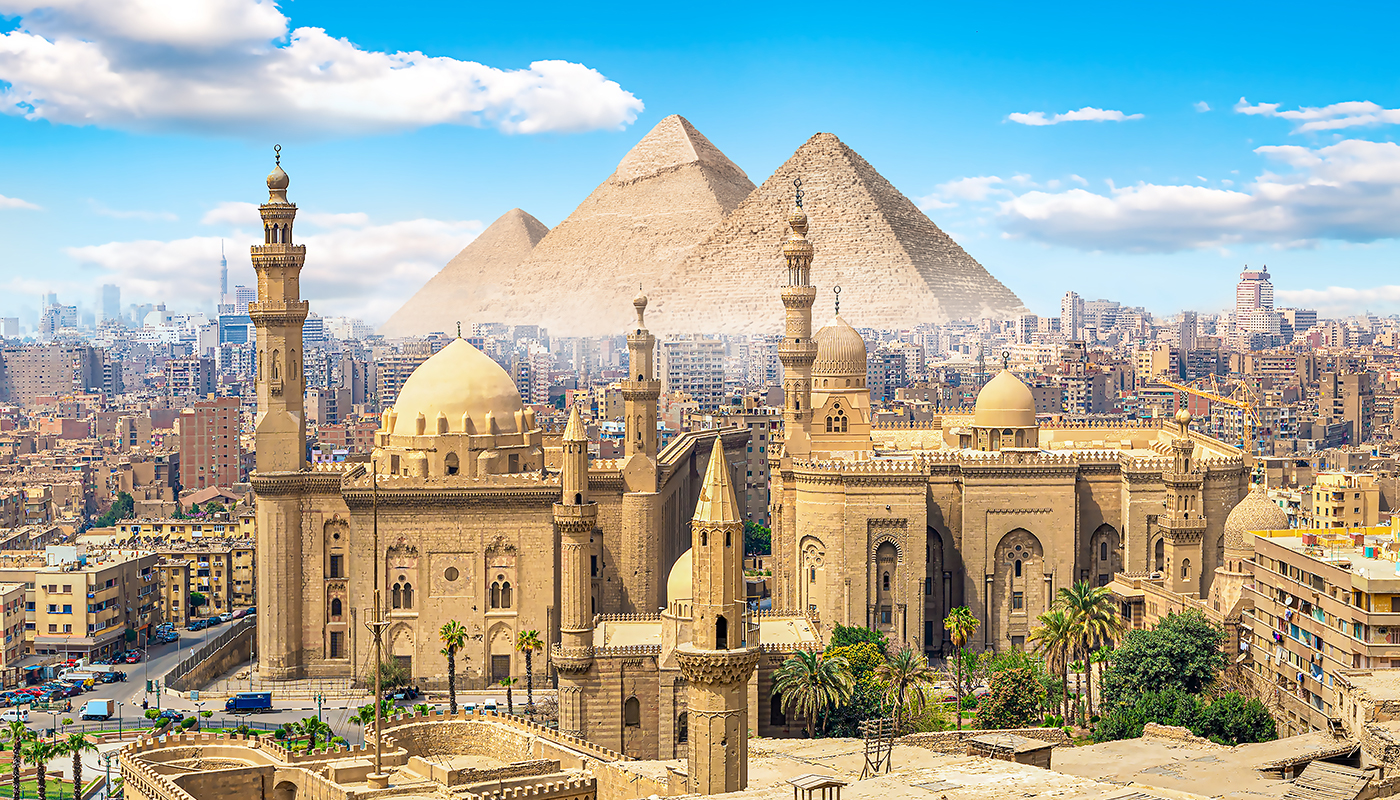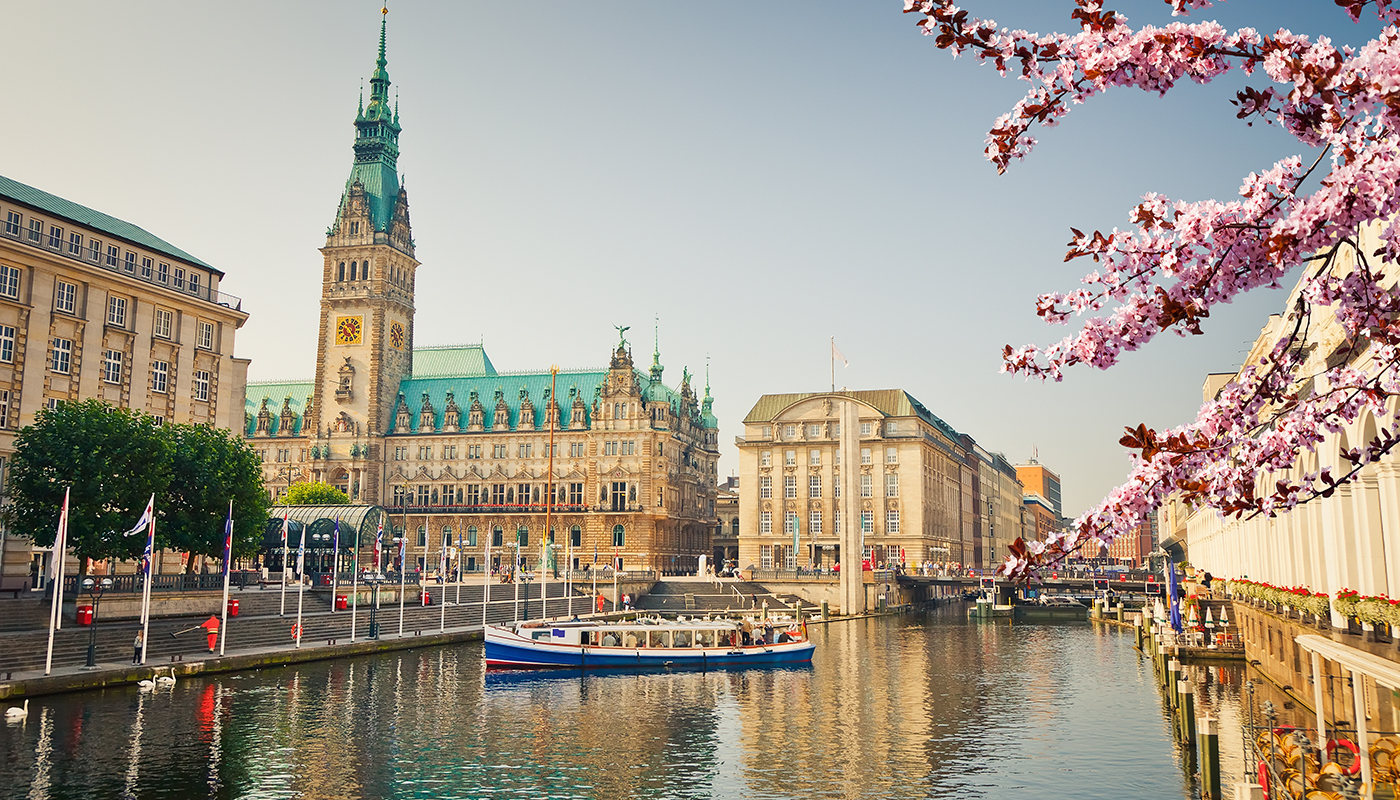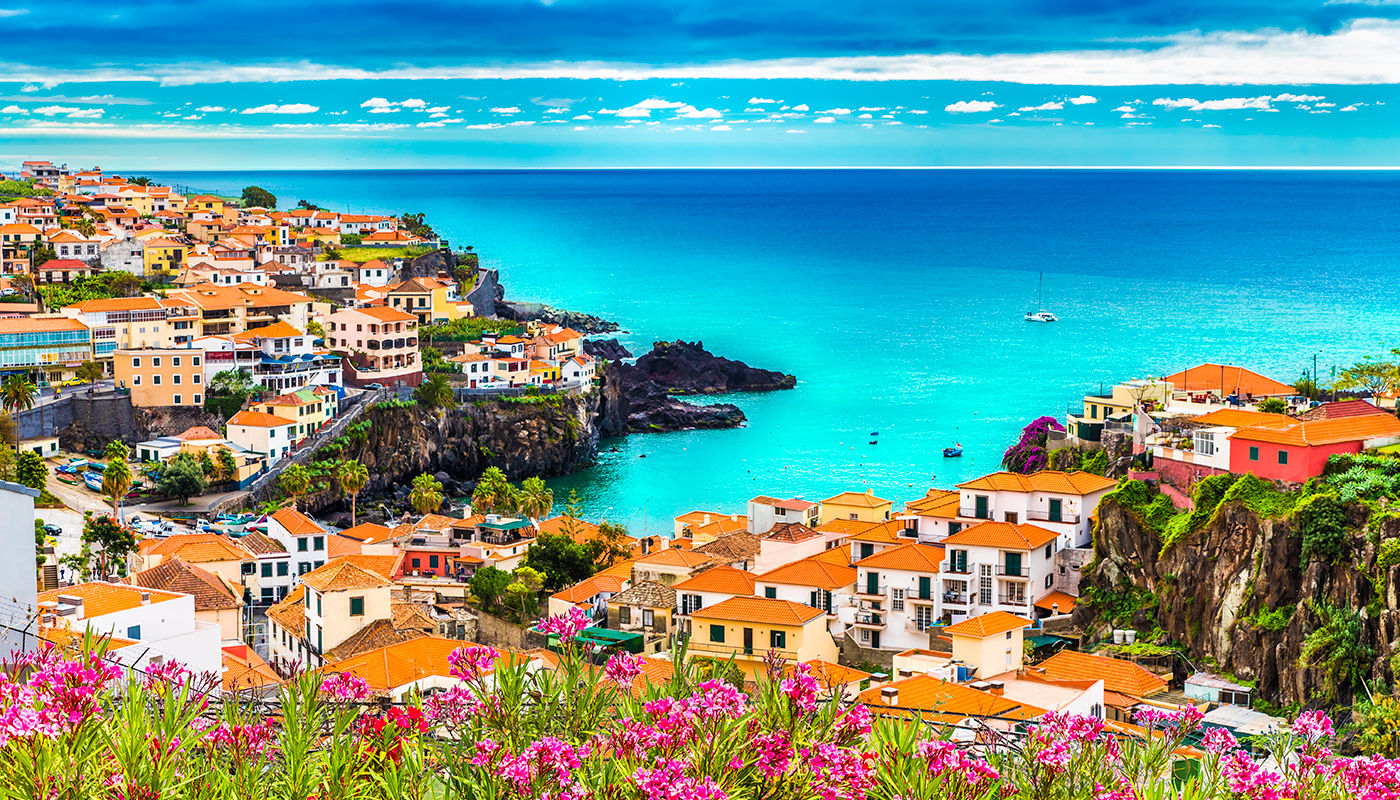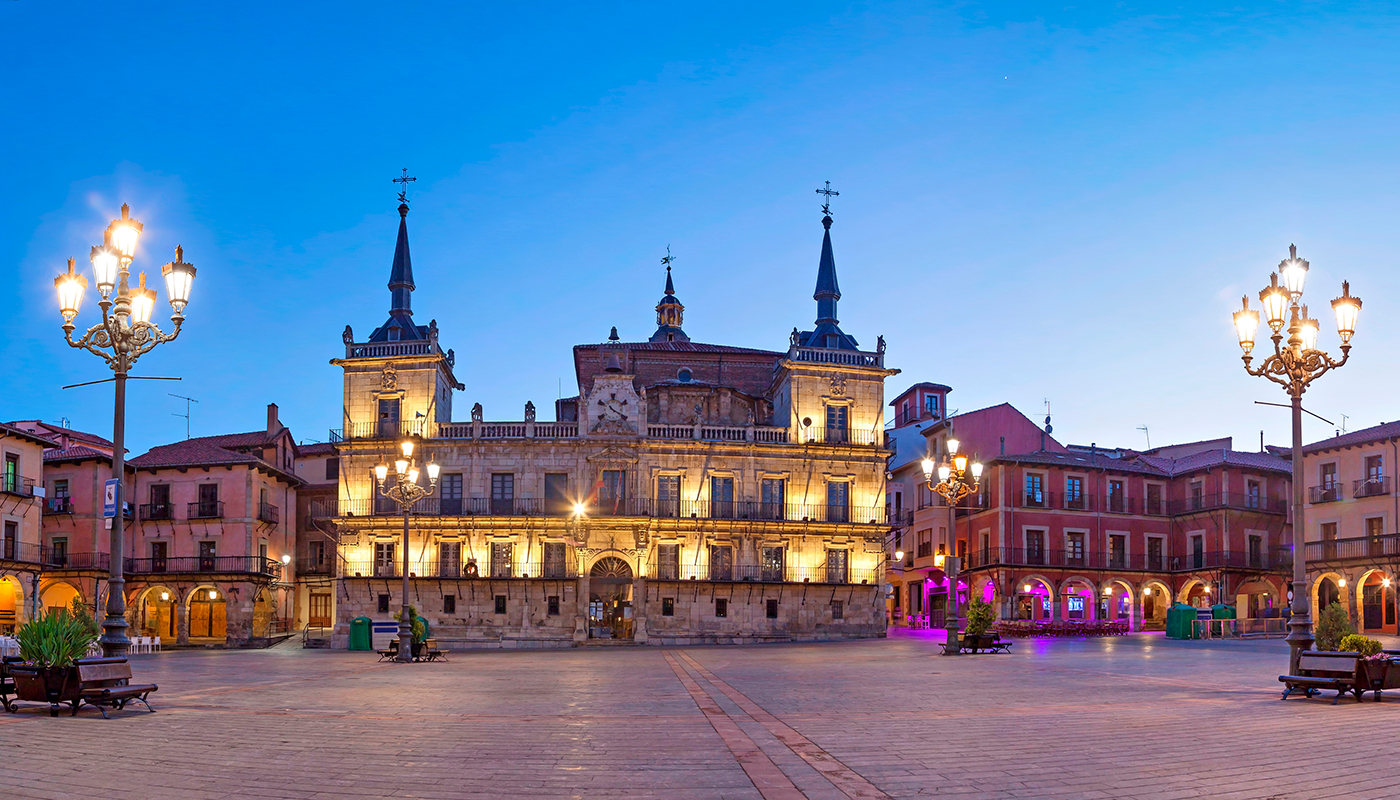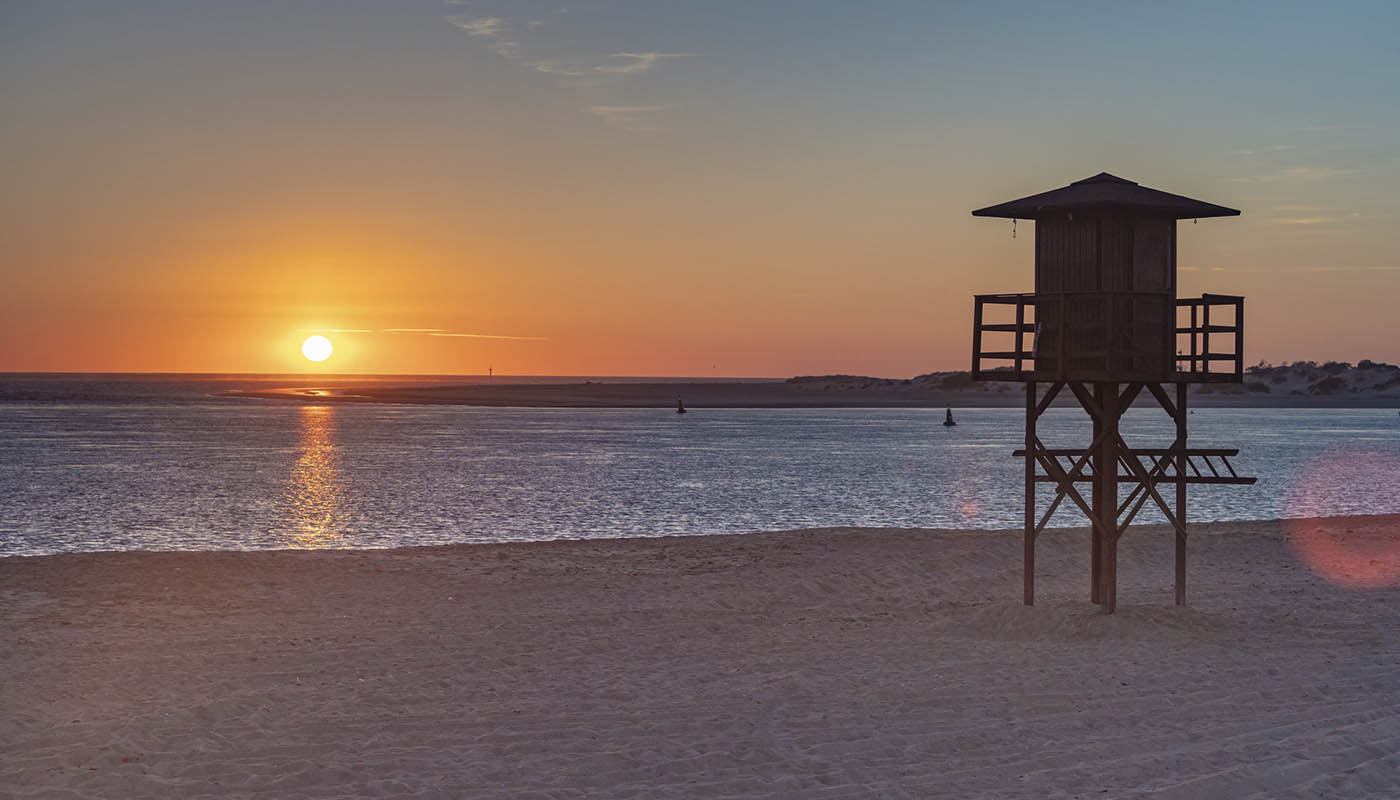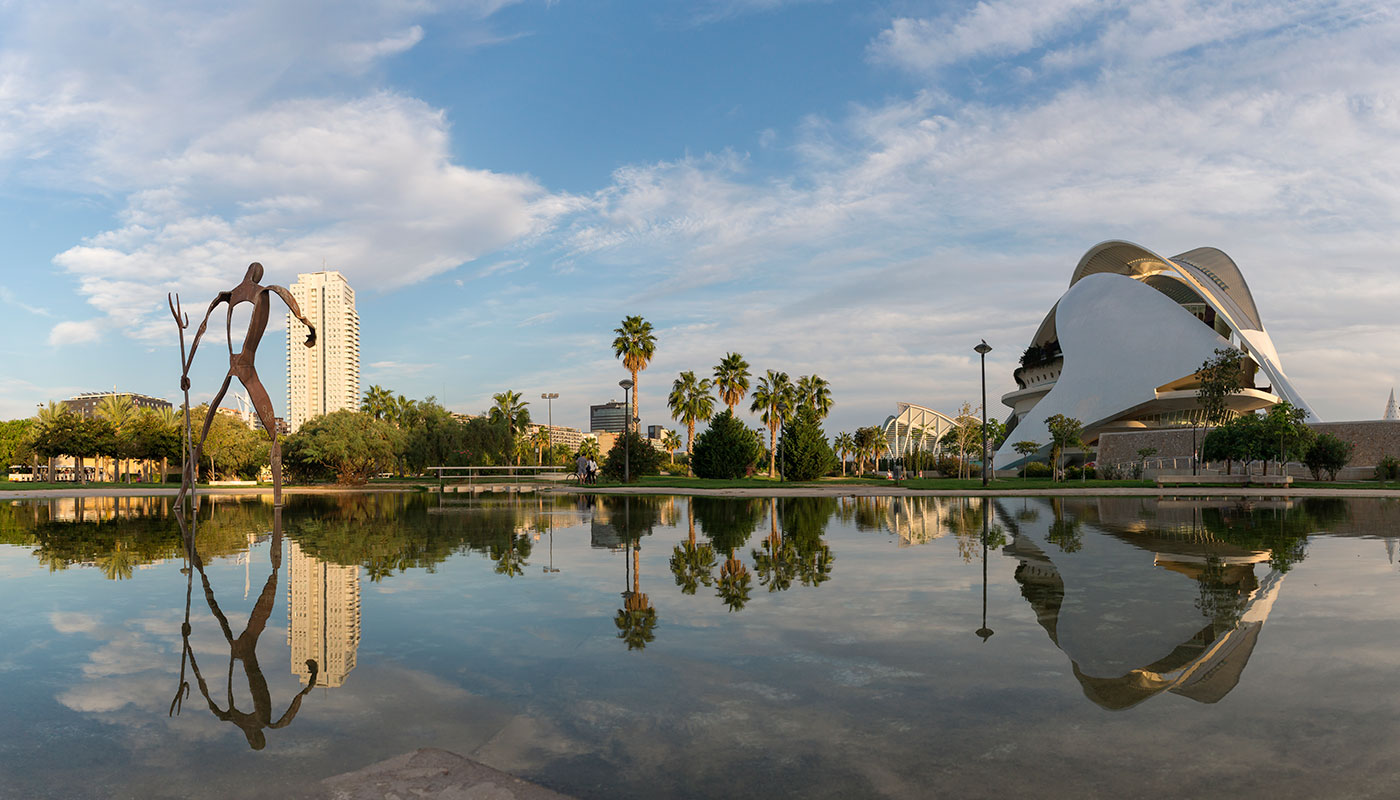Experiencing a city’s festivities and traditions is a wonderful way to get a real feel for the place. In Cáceres, one of the important dates marked on the calendar is Holy Week, which was declared an international tourism event in 2011. For nine days the traditional Castilian pasos – platforms depicting religious scenes –slowly make their way around the ‘monumental city’ and through the old quarter, declared a World Heritage Site. Holy Week in Cáceres is not to be missed.
Discover the different brotherhoods in Cáceres
Some of the city’s brotherhoods go back centuries. There are more than fifteen official brotherhoods, the oldest being Nuestro Padre Jesús Nazareno, which dates back to 1464. According to tradition, its procession takes to the street on Palm Sunday and Good Friday. Other brotherhoods include Soledad and Vera Cruz, both founded in 1470. The most revered brotherhood, though, is Cristo Negro, dating from 1490, which holds its procession on Holy Wednesday. The stunning paso and the route it takes make it one of the most spectacular. The Santo Espíritu brotherhood, dating back to 1493, is the last on the list of the oldest brotherhoods in Cáceres. After the Civil War and with the start of Franco’s dictatorship, they were joined by others, including Los Ramos, founded in 1946.
The 1970s was a difficult time for these brotherhoods, which experienced a shortage of members and economic hardship. Holy Week in Cáceres was almost on the verge of disappearing, until 1982 when it began to regain popularity. In 1986, the tradition of announcing Holy Week with the pregón (proclamation) made a revival and some brotherhoods also made a comeback. The Unión de Cofradías Penitenciales (Brotherhoods of Penitents Association) was set up. In recent years the associations have adapted to the times and new brotherhoods have made an appearance, such as Hermandad Universitaria de Jesús Condenado, which was created in 2011.
Emotions run high as each of their pasos make their way through the streets of the charming historic quarter of Cáceres over the course of the week.
Cristo Negro and other Holy Week processions in Cáceres
Spring is the perfect season to visit the city, when temperatures are warmer and it is a pleasure to wander around the cobbled streets. If you visit during Holy Week the streets will be filled with events you can’t miss. One of the most famous and which draws the biggest crowds to the old quarter is the Cristo Negro procession. This paso is paraded on the night of Holy Wednesday into the morning of Maundy Thursday and bears one single statue – Santo Crucifijo de Santa María – known as ‘Cristo Negro’ (Black Christ) due to the dark brown wood of the statue.
It is a wood carving of Jesus Christ on the Cross by an anonymous 14th century artist. This brotherhood has strict rules: the procession cannot leave the confines of the medieval city wall, the brothers take a vow of silence and the number of members is limited. They must all wear the black tunic of the Benedictine monks and keep their faces covered.
The solemnity of the atmosphere and the heavy silence create quite an impact. Make sure you watch it as it leaves the impressive Concatedral de Santa María co-cathedral . On the stroke of midnight, the mayordomo knocks on the door three times and breaks the silence by crying ‘Let the Brotherhood of the Black Christ come forth, for that is God’s will!’
The Cristo Negro procession is torch-lit – a reminder of the city’s medieval past. The all-encompassing silence is only broken by someone singing a saeta – an unaccompanied song of devotion – from time to time. The whole experience will send shivers down your spine.
Another important brotherhood, Nuestro Padre Jesús Nazareno, owns eleven pasos which are divided between two processions. One is the Procesión del Silencio, a silent procession that draws crowds to the streets of Cáceres on the afternoon of Palm Sunday. The other is the Procesión de la Madrugada, in the early hours of Good Friday, which is made up of the largest number of pasos.
The Vera Cruz brotherhood brings out five pasos on Maundy Thursday: Oración en el Huerto, Beso de Judas, La Flagelación, Cristo de la Salud y la Expiración, and Dolorosa de la Cruz. The last one is a replica of the sculpture by one of the representatives of the Castilian school of Baroque sculpture, Gregorio Fernández.
As well as the processions in the old town of Cáceres, the Pasión Viviente is a must-see. This is a live re-enactment of the Passion of our Lord Jesus Christ that has been performed every Thursday before Palm Sunday since 2018 around the streets of the old town, including Plaza Mayor and Plaza de Santa María. Scenes include Jesus at Herod’s court played out at Palacio de los Golfines and the Crucifixion in Plaza de San Mateo. This is a different way of experiencing Holy Week and should not be missed.








